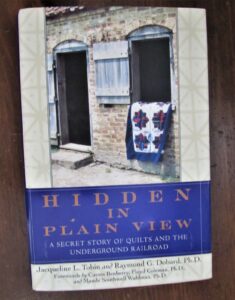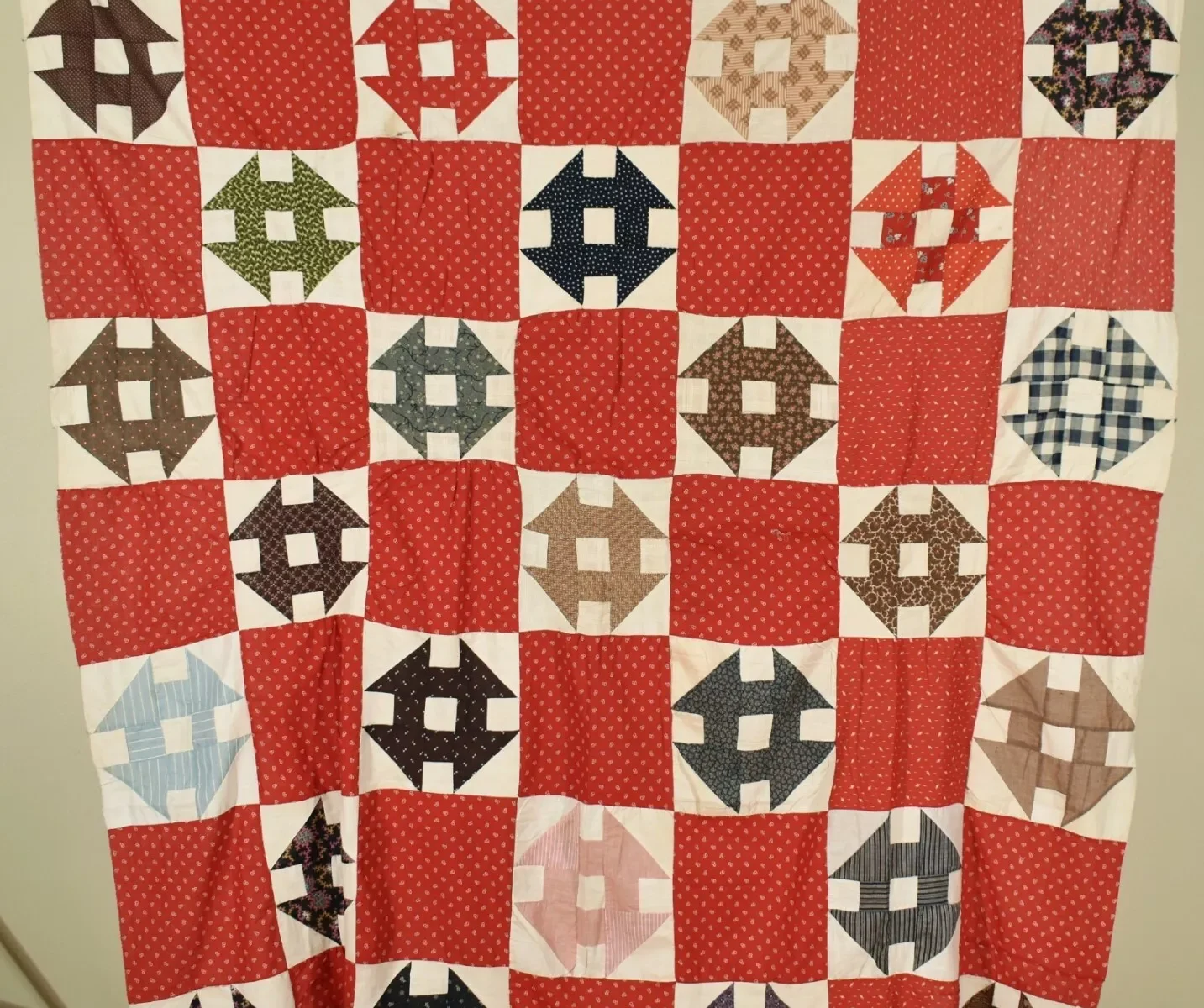It’s funny how a book can change the course of your life. For me, that book was Hidden in Plain View: A Secret Story of Quilts and the Underground Railroad by Jacqueline L. Tobin and Raymond G. Dobard. I had always admired quilts for their beauty. Still, I never truly understood the depth of their significance until I read this fascinating account of how quilts may have been used to communicate escape routes on the Underground Railroad.

The book opened my eyes to the idea that quilts were more than just fabric stitched together—they were powerful symbols, woven with hidden messages of freedom and resistance. The thought that something as simple as a quilt could hold the weight of history and hope captivated me. I was inspired by the artistry of the quilts and the ingenuity and resilience behind them.
Tobin and Dobard trace the origins of this theory, drawing on historical evidence, interviews with descendants of former slaves, and cultural traditions passed down through generations. They suggest that certain quilt patterns, such as the “Monkey Wrench,” “Log Cabin,” and “Flying Geese,” were not just decorative designs but carried encoded instructions and symbols for escape routes, safe houses, and other critical information. The authors also provide insights into how these quilts may have been hung or displayed to signal when it was safe to travel or which direction to go.
The book combines historical research with cultural storytelling, weaving together oral histories, academic analysis, and folklore to present a compelling narrative of how enslaved African Americans may have used quilting as a tool of resistance and communication. “Hidden in Plain View” challenges traditional historical accounts by shedding light on this little-known aspect of the Underground Railroad. It offers a new perspective on the resourcefulness and resilience of those who fought for their freedom.

